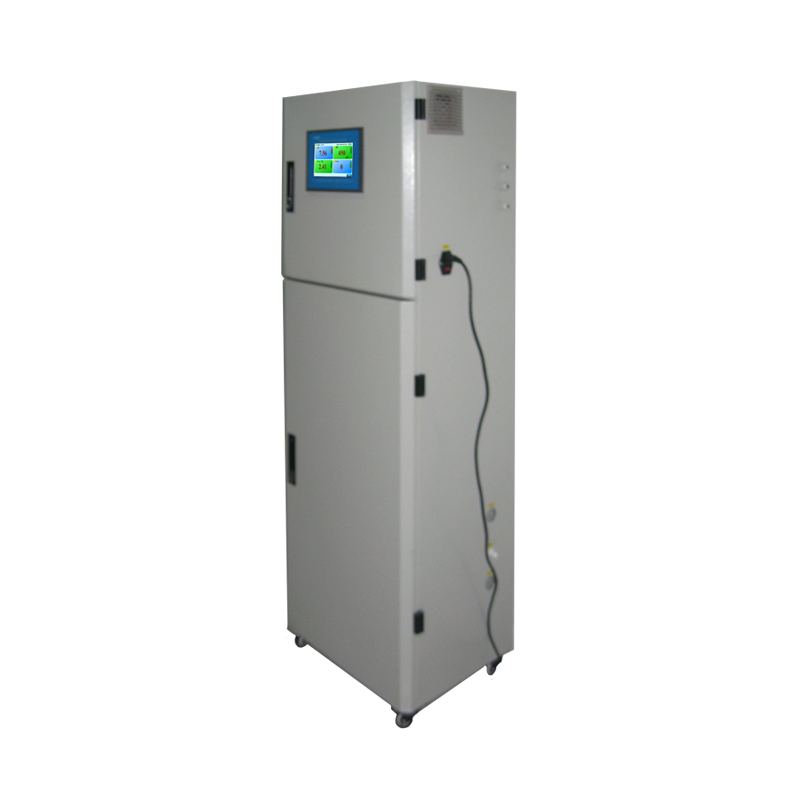

The water quality analyzer mainly uses the ion selective electrode measurement method to achieve accurate detection. Electrodes on the instrument: pH, fluorine, sodium, potassium, calcium, magnesium, and reference electrodes. Each electrode has an ion-selective membrane, which reacts with the corresponding ions in the sample to be tested. The membrane is an ion exchanger, and the potential between the liquid, the sample and the membrane can be detected by reacting with the ion charge to change the membrane potential. . The difference between the two potentials detected on both sides of the membrane will generate a current. The sample, the reference electrode, and the reference electrode liquid form one side of the loop, the membrane, the internal electrode liquid, and the internal electrode on the other side.
The difference in ionic concentration between the internal electrode solution and the sample produces an electrochemical voltage across the membrane of the working electrode, which is led to the amplifier through the highly conductive internal electrode, and the reference electrode is also led to the location of the amplifier. A calibration curve is obtained by measuring an accurate standard solution of known ion concentration to detect the ion concentration in the sample.
Ion migration occurs within the aqueous layer of the ion-selective electrode matrix when the ions to be measured in solution contact the electrodes. The charge change of the migrating ions has a potential, thus causing a change in the potential between the membrane surfaces, creating a potential difference between the measuring electrode and the reference electrode.
At present, there are few manufacturers producing automatic water quality analyzers in China, Chimay is one of them.
